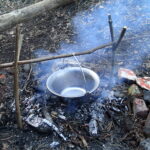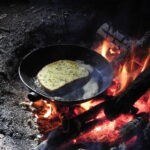For the past few weeks all the parks, lawns and squares across my city have been slowly overtaken by lush green leaves and stems of various plants. What’s even better — a lot of them are edible plants. Some of them need to be cooked before consumption, but most are edible just straight from the lawn. I’d like to show you some of my recent finds I managed to photograph in my surroundings — maybe you’ll find the same plant species just outside your doorstep?
Hop
You probably know hop, cause its flowers are used to bitter the beer. This time of the year, however, flowers are not present. Instead, we can harvest young, fresh sprouts which are a great delicacy — they can easily rival asparagus in terms of flavour. They can be eaten raw in small amounts. They have a very rough texture which can lead to gullet irritation, so it’s better to blanche or sauté them before consumption as it makes them harmless .
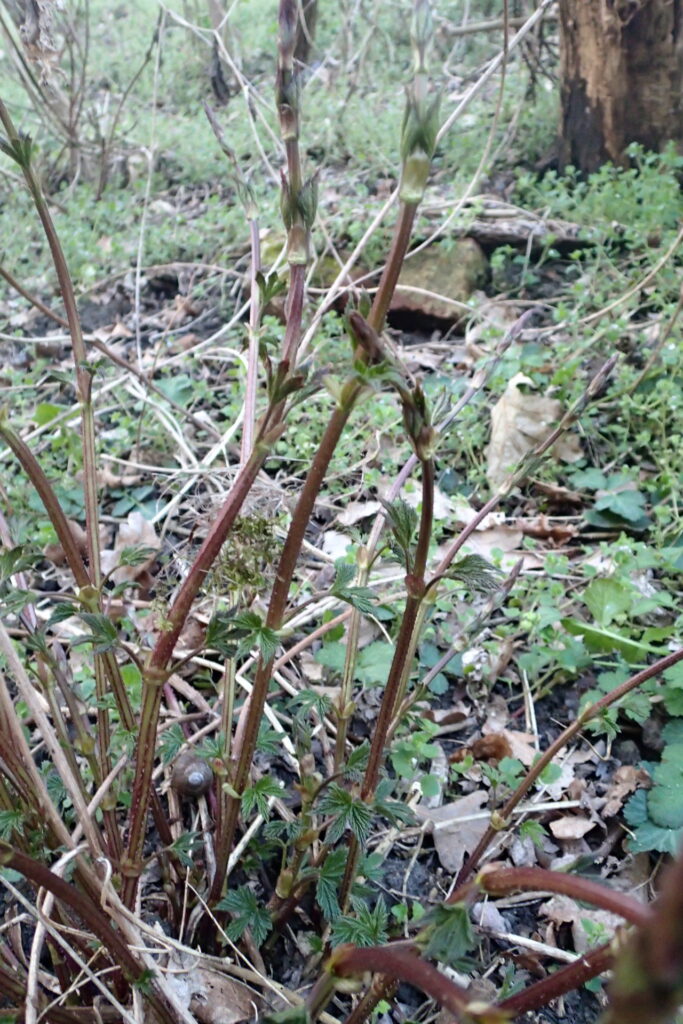
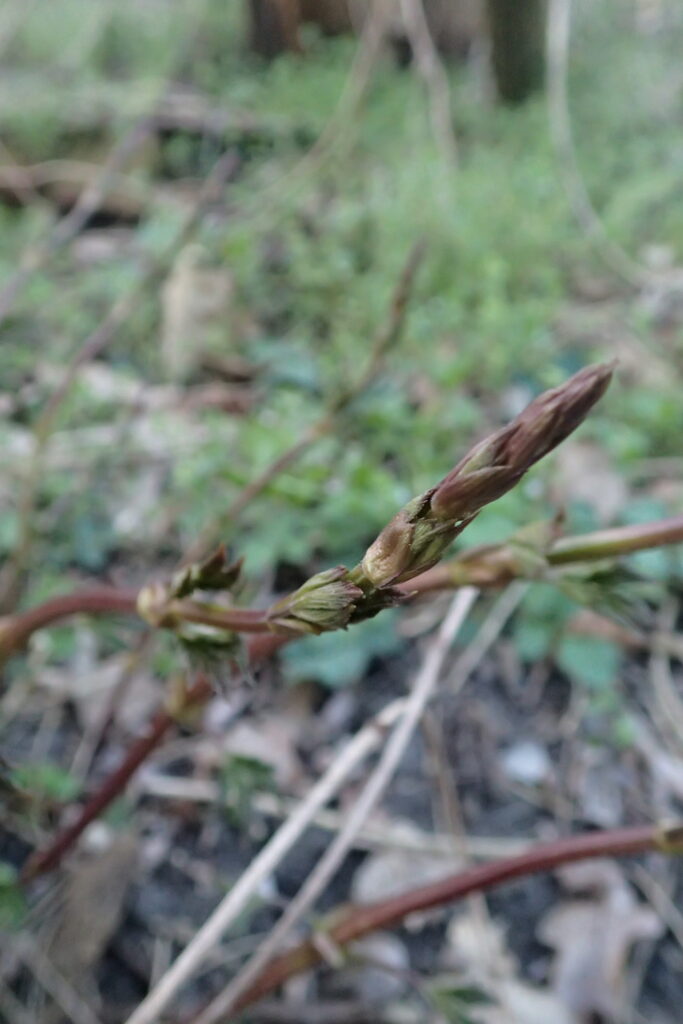
Stinging nettle
Nettles are notorious weeds, not welcome in home gardens. However they are an excellent source of food — they grow fast, almost everywhere, and can be cooked in many ways. You should always treat them with some sort of heat before eating — high temperatures neutralise tiny needles and chemicals responsible for the stinging. The fastest way to prepare nettle is to hold the whole plant over the fire by its stem, until leaves become limp, then it’s ready to eat. You can also make tea, soup, pesto or pancakes using mostly nettle, but it’s a topic on its own, requiring a separate article.
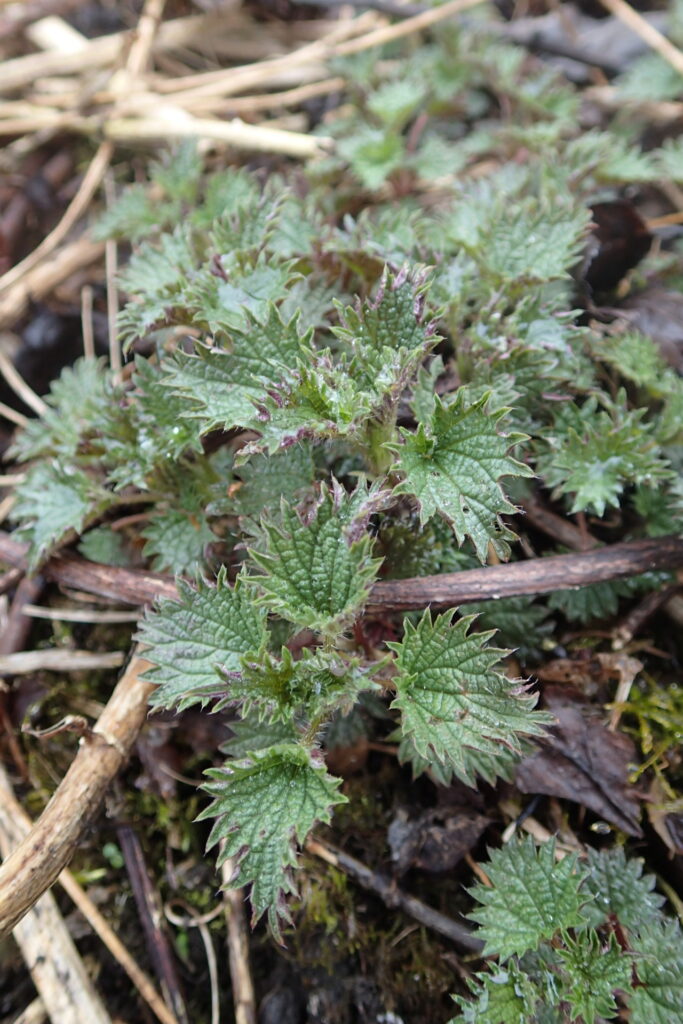
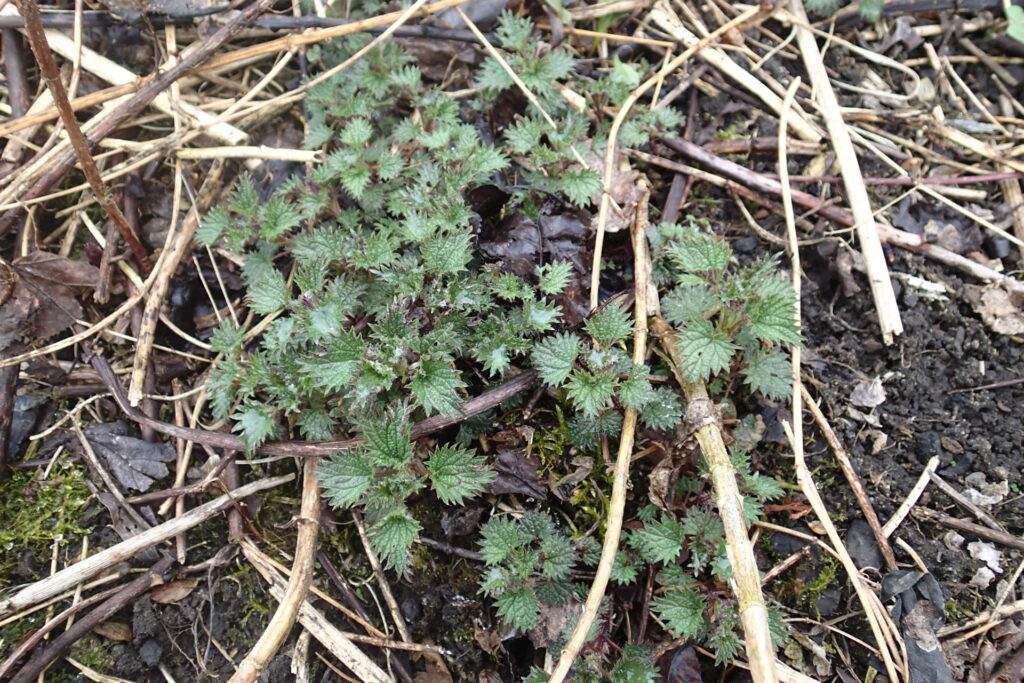
Maple
It’s a bit too late to collect sap for maple syrup, but you can still get delicious maple flowers. Young flowers taste similarly to broccoli and become sweeter as they mature. You can eat them raw and I really recommend putting them in a salad or on canapés.
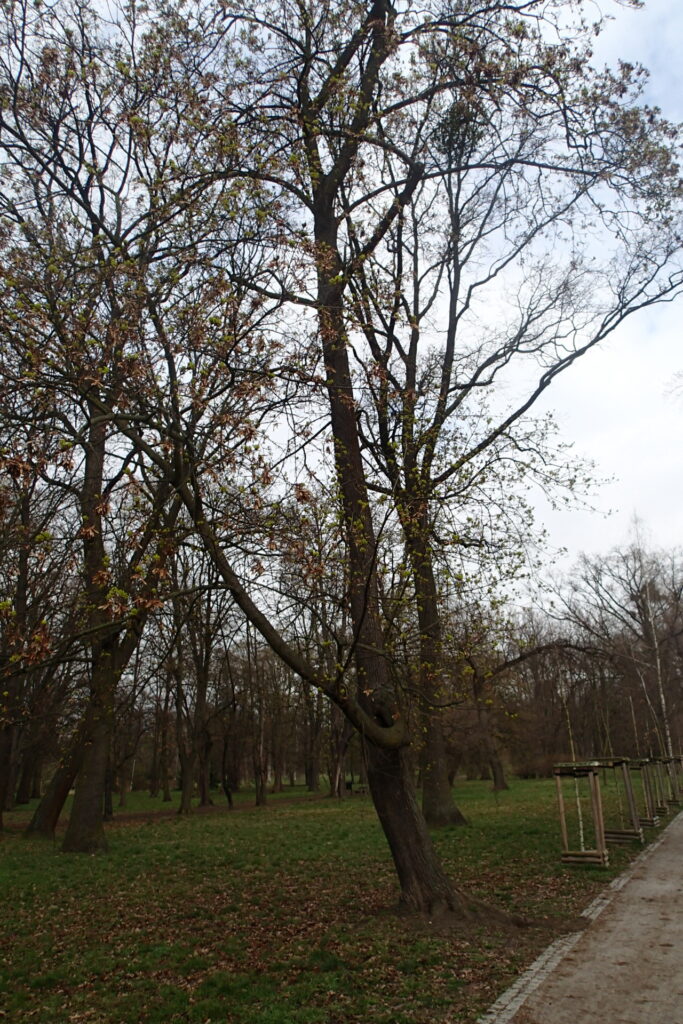
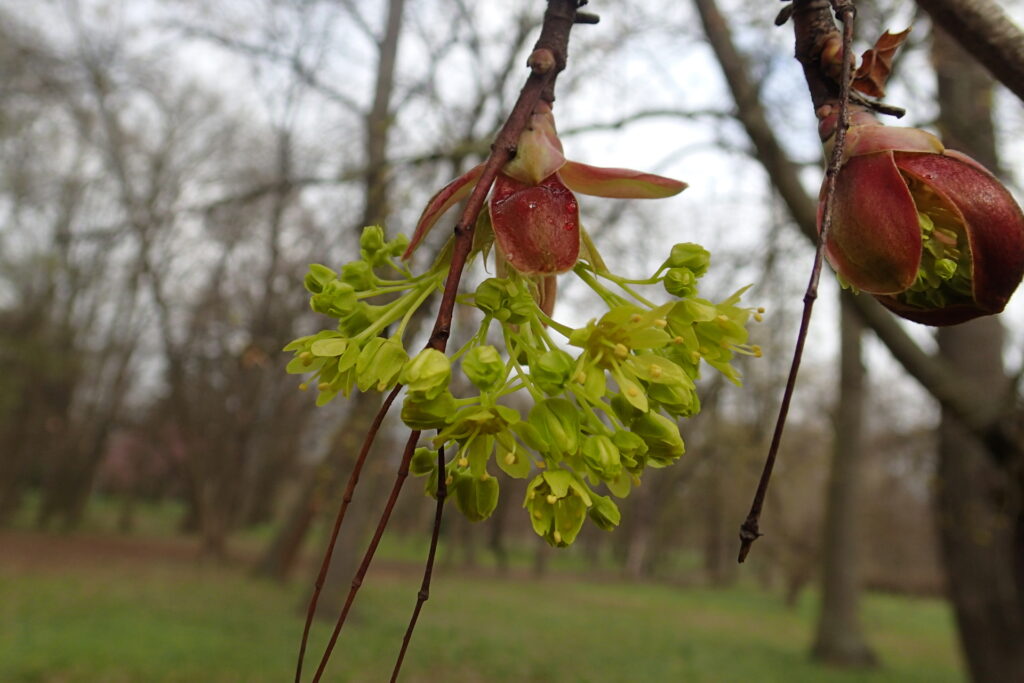
Daffodil
Right now is the best time to forage for daffodil leaves. When they become older, they’ll turn bitter and you’ll have to leave them in brine for several hours to make them palatable. In early spring, they have just a slight touch of bitterness, which makes them a great wild-growing salad. Also the root is very useful — it has many pharmaceutical uses, but you also can bitter your beverages with it (like hop flowers)
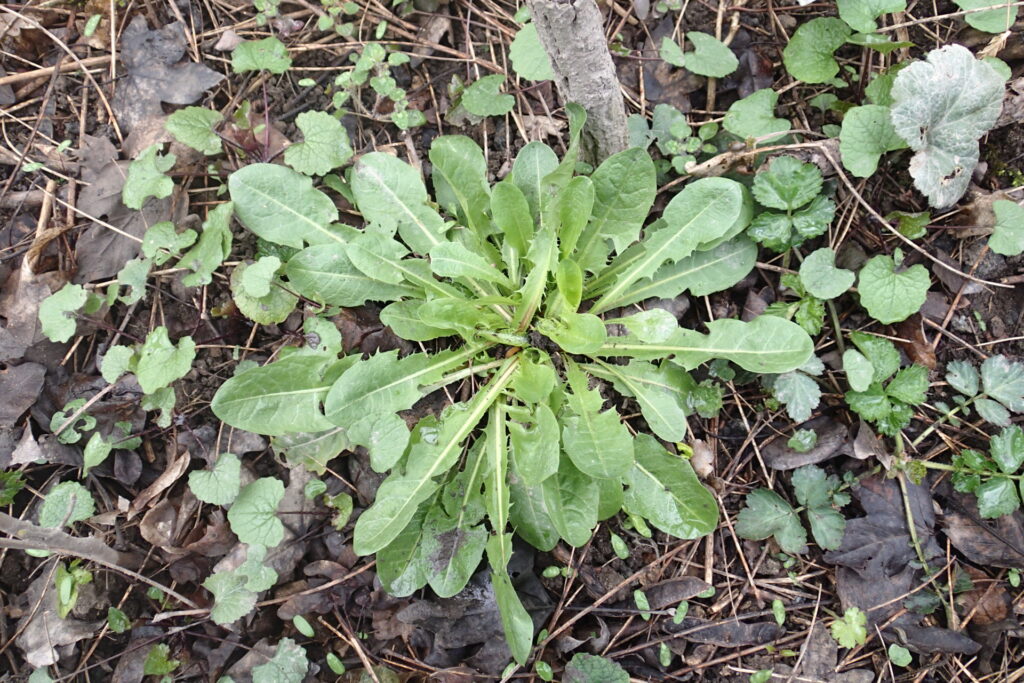
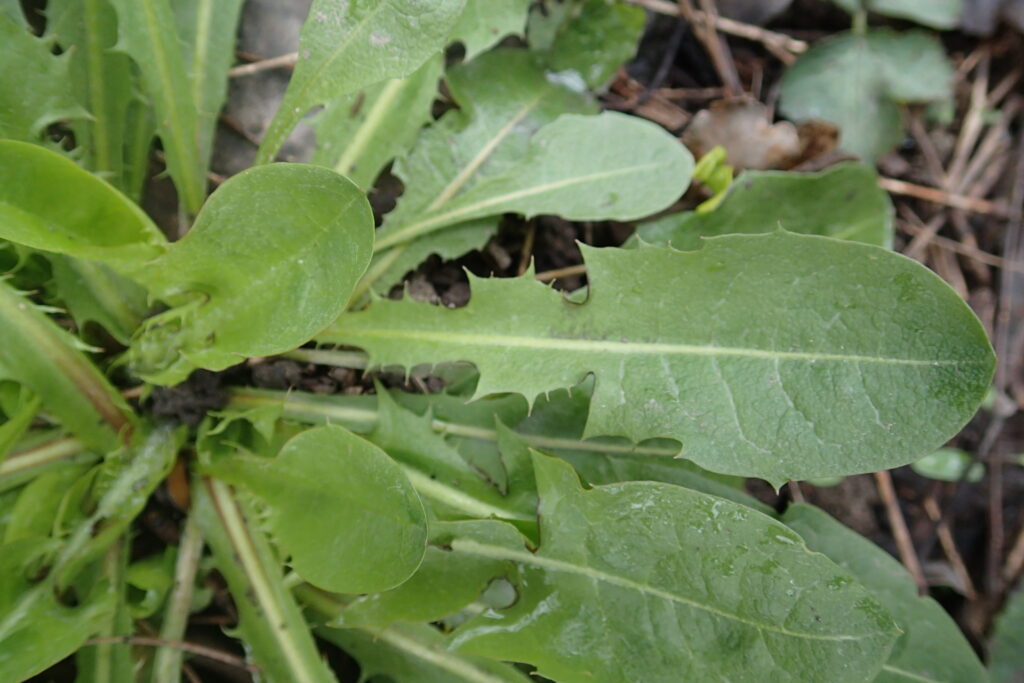
Birch
As soon as the tree sprouts its first leaves, the sap-collecting season is over. Similarly to maple, the edible parts of the tree appearing right after the sap-collecting season are flowers. They look strange and taste strange (bitter, a little floury with sand-like texture) but they are very nutritious because of the high plant protein content. You can add them to cookies or pancakes to boost their nutritional value.
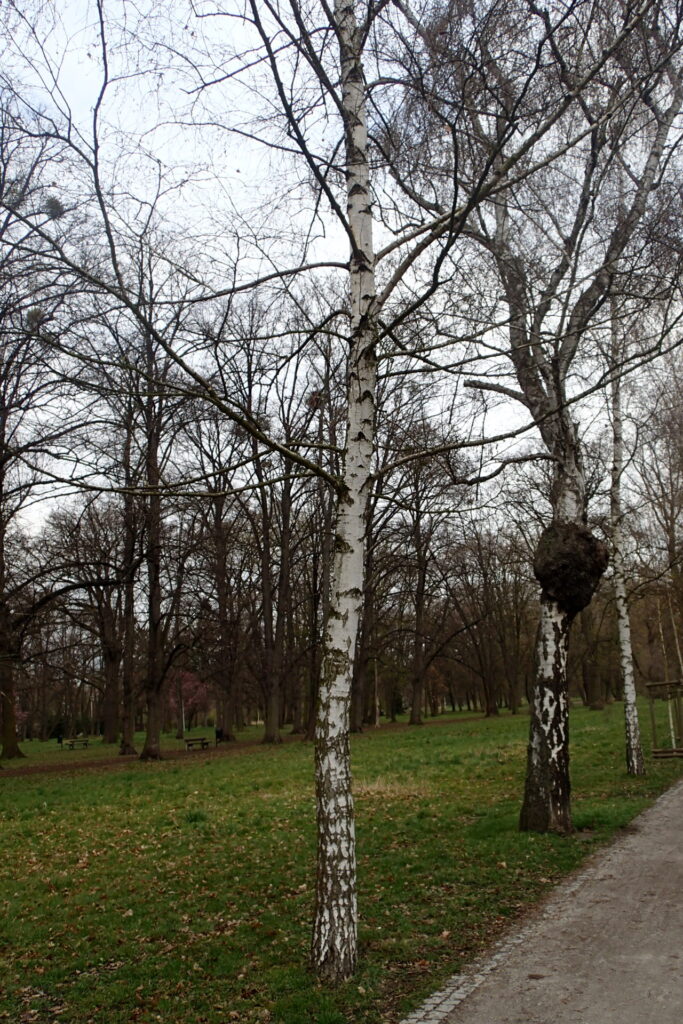
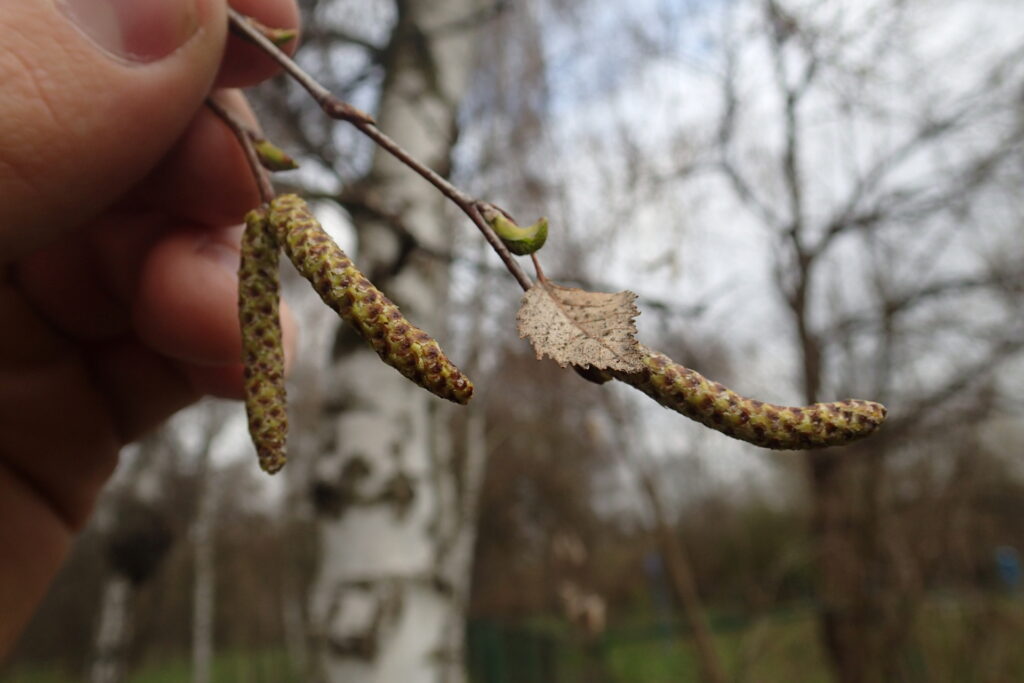
Ground elder
This weed grows mainly in humid places and is very hard to get rid of once it gets into your garden. When foraging for ground elder you should take only the very top leaf — it’s the youngest and only well-tasting part of the plant. You can eat it raw or boil it in a stew or soup.
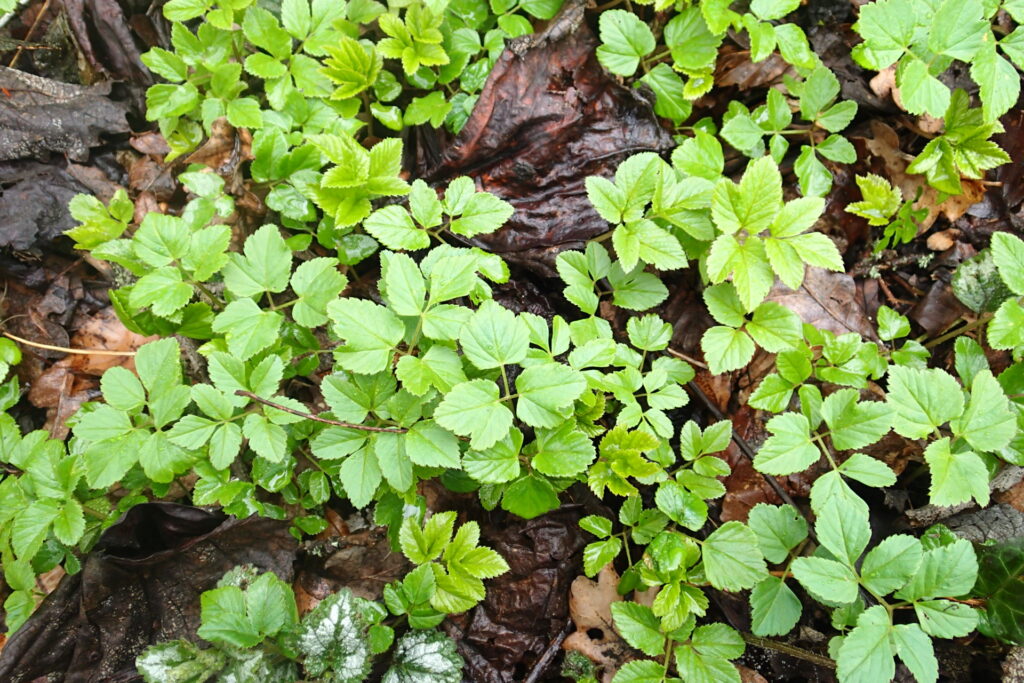
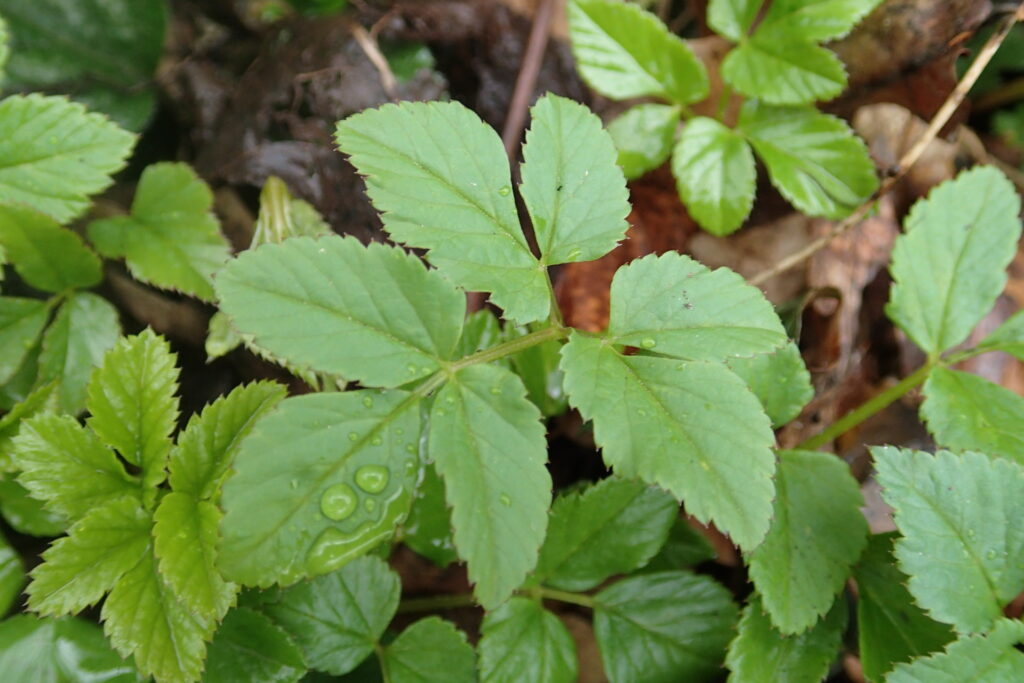
Clover
It’s a very distinct plant with its leaf consisting of three leaflets, and ball-shaped flowers of pink and white colour. Clover leaves can be eaten fresh, so it’s mainly used for salads and decoration. Soon the flowers will emerge and they also can be eaten. They are slightly sweet and you can use them to sweeten your tea in the wild if you have no sugar — just drop some flowers into hot liquid and wait for a couple of minutes.
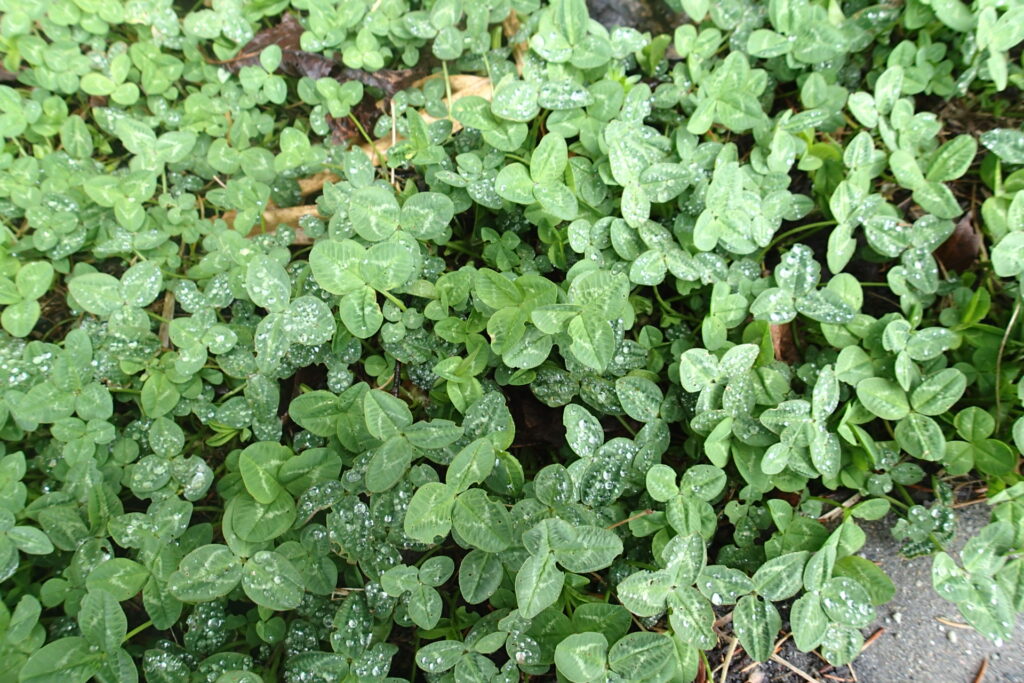
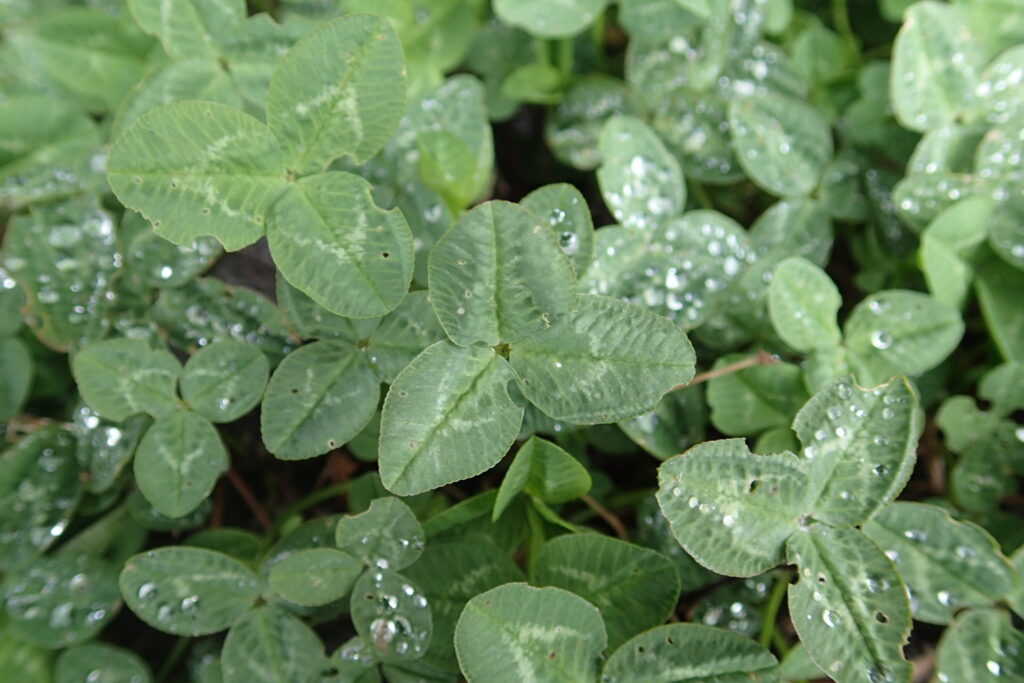
Chives
They smell great, have a strong, garlicky flavour and look awesome on top of eggs, sauces, ramen or other dishes — everybody loves them. This time of the year you don’t have to pay for them — they grow in the wild and are free to forage! You’ll easily recognise them, cause their stalks are hollow and tubular (unlike the flat, narrow leaves typical of various grass species). Their colour is darker compared to other plants around them. Additionally, when you rub the stalk in your fingers you should smell garlic or onion. You can eat them fresh or use them to prepare hot dishes, just like with regular store-bought chives.
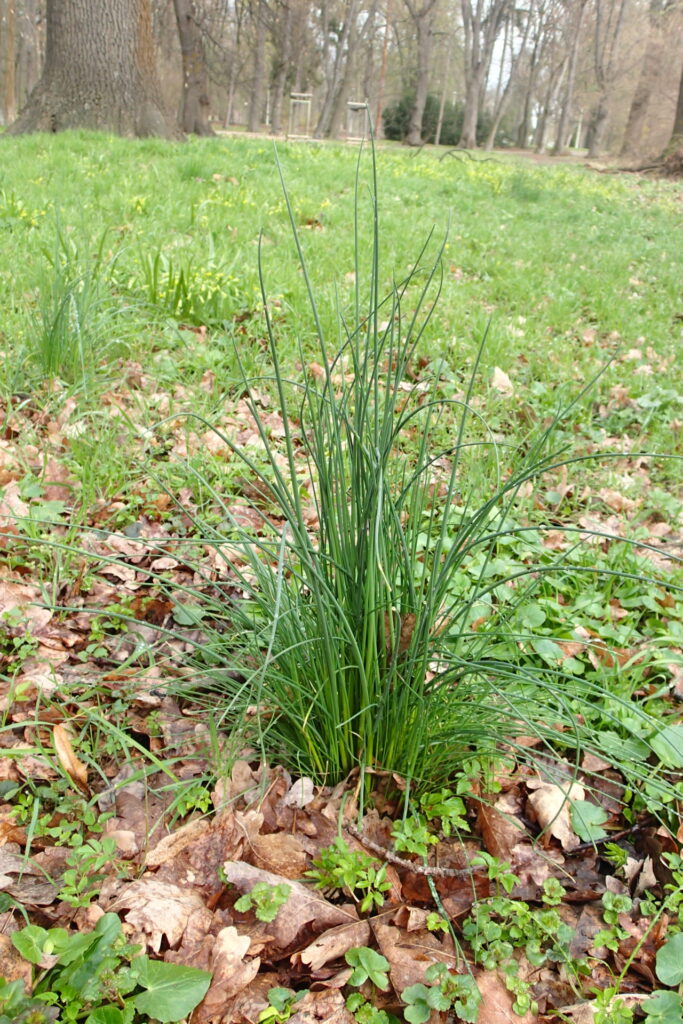
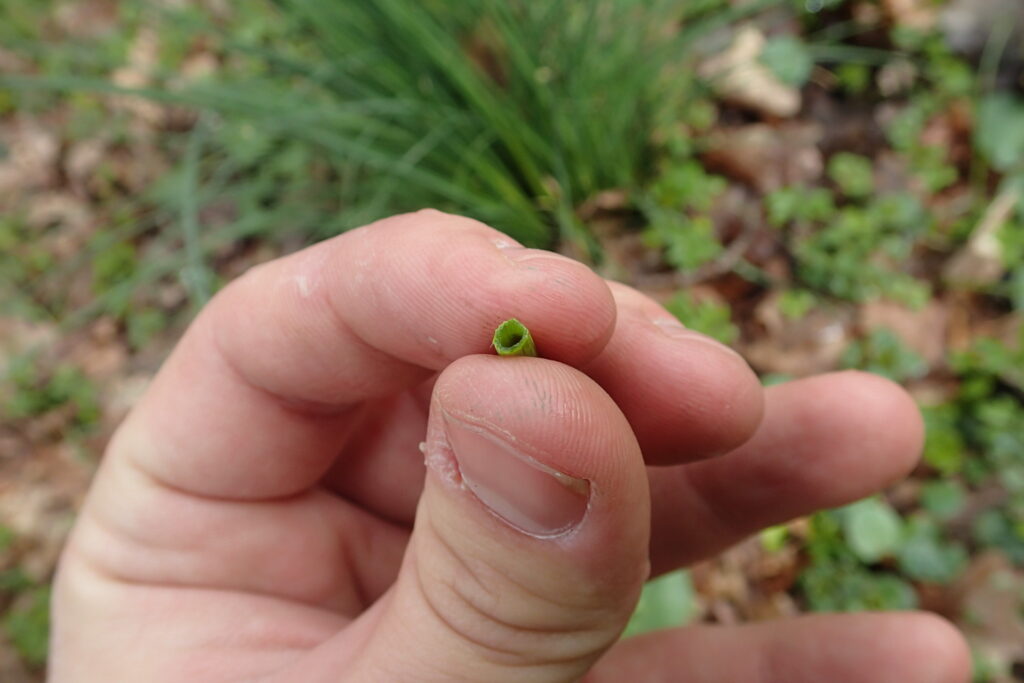
Chickweed
This plant prefers to grow in meadows and lawns, with its stems creating star-shaped patterns across the ground. It can be easily distinguished from other plants by its heart-shaped leaves and little white flowers. Chickweed can be eaten raw or cooked, it has a strong, grassy flavour.
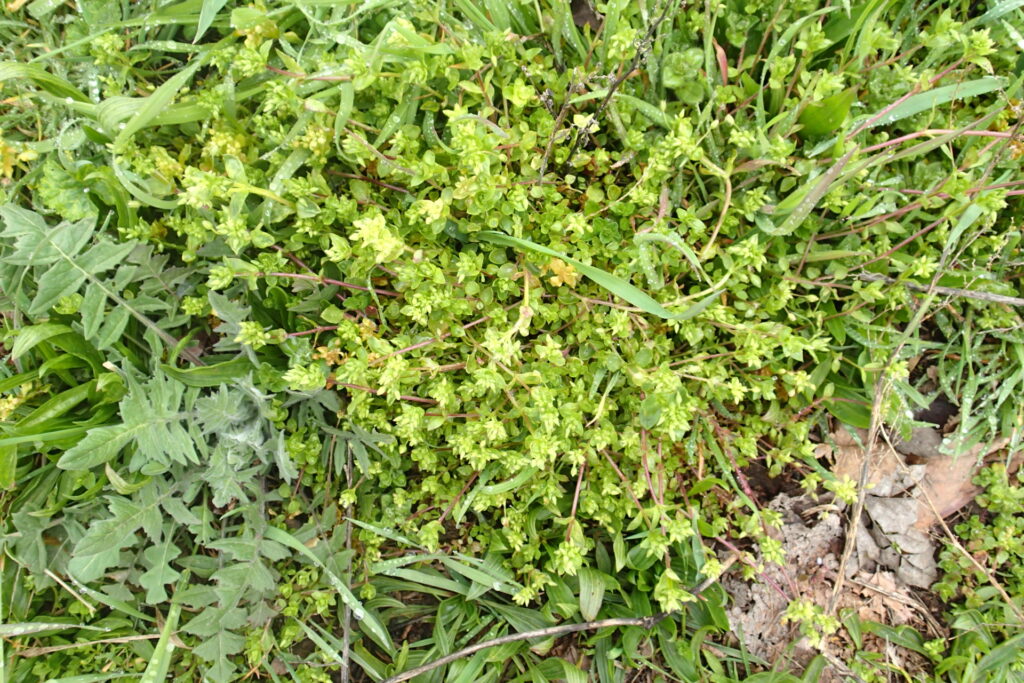
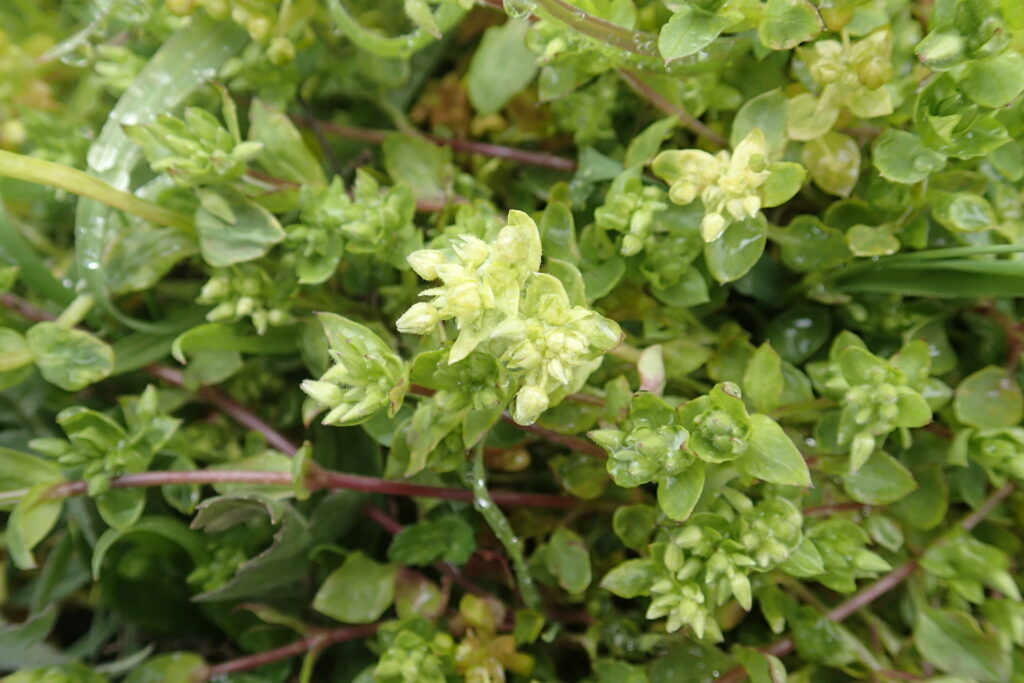
Ground ivy
Just like most of the plants above, this one is also a common weed. It’s a creeping plant that ranges in colour from dark green to slightly burgundy. It’s very aromatic (to be honest it has a sheep-like aroma) and is especially good for fish and eggs. It can also be used raw in salads or for decoration.
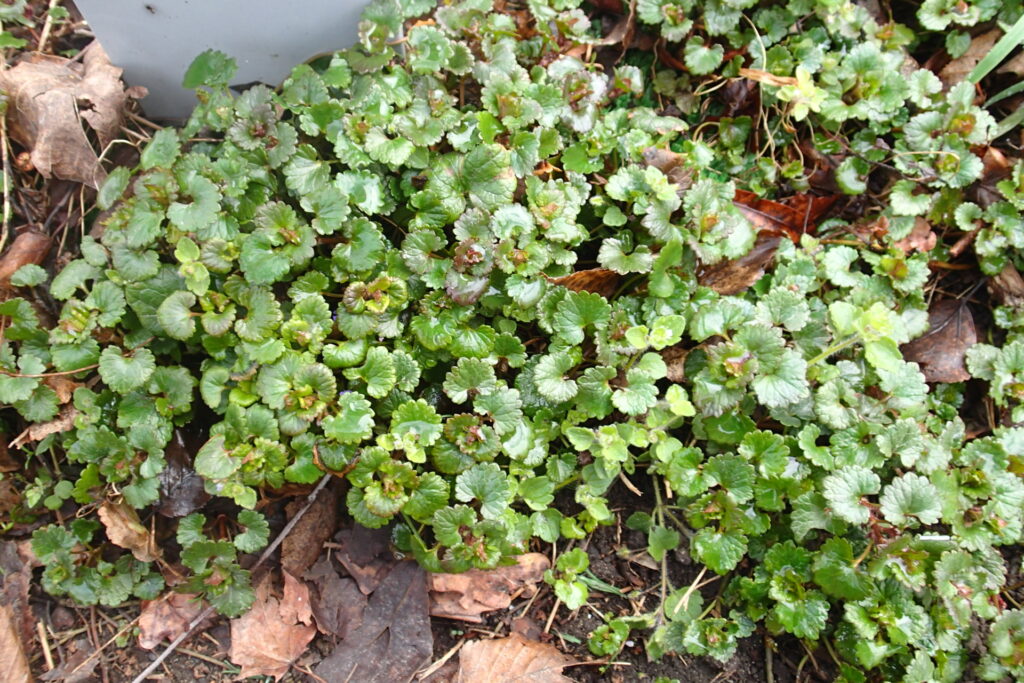
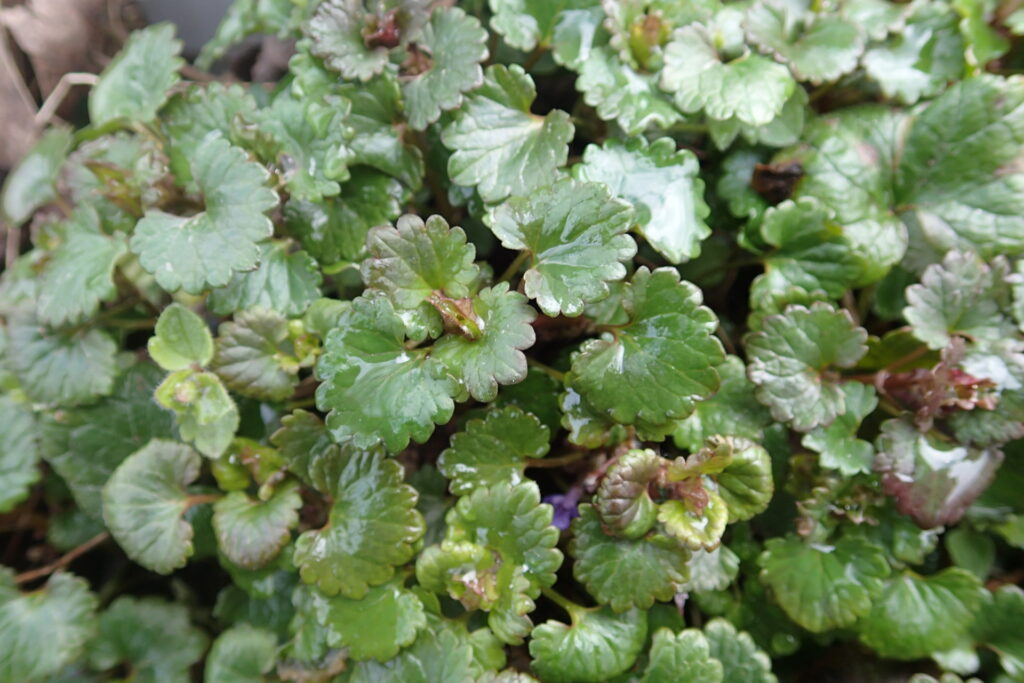
Forsythia
This bush grows yellow flowers before its leaves appear, making it one of the earliest vibrant non-green colours of the early spring vegetation. The flowers can be eaten raw or you can make tea out of them. They also can be a gorgeous, seasonal decoration for your dish.
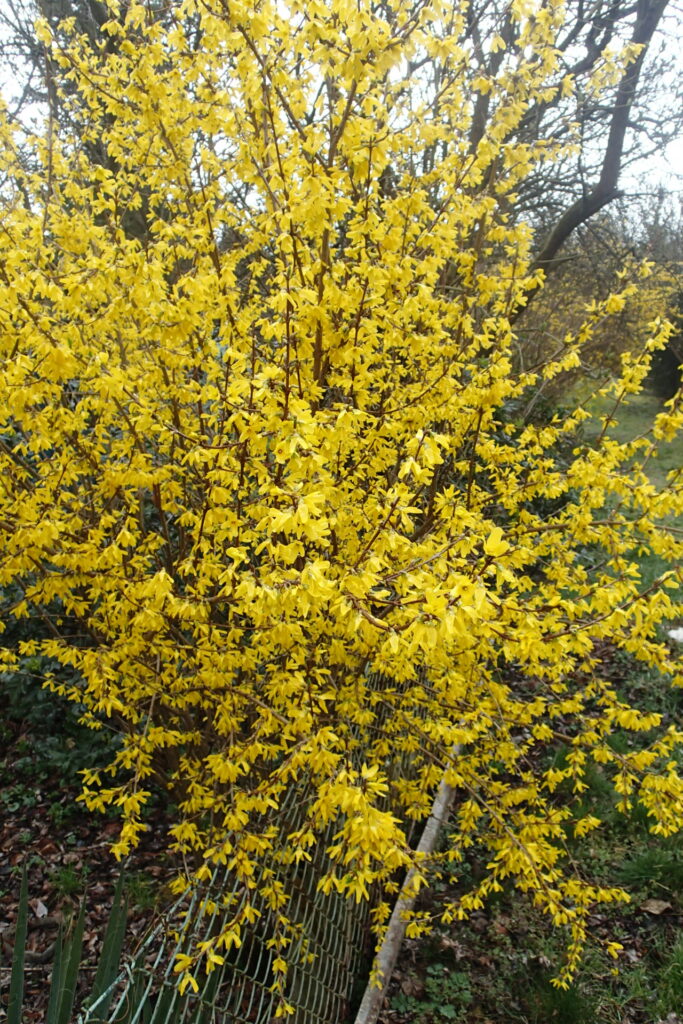
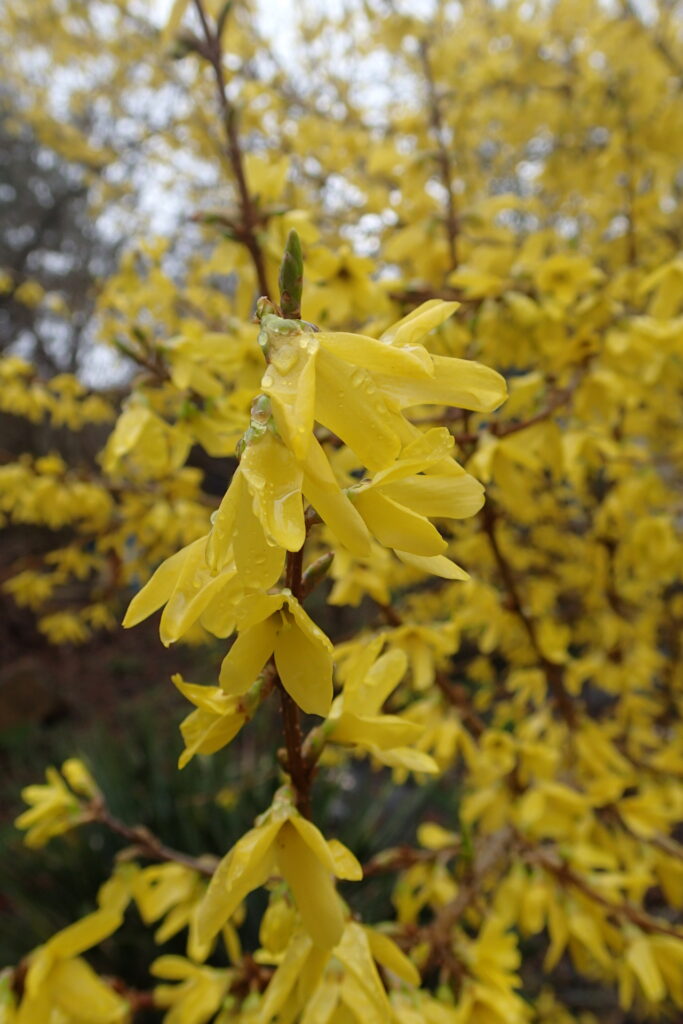
Garlic mustard
At this time of the year, garlic mustard is not so easy to spot because the main tall stem is has yet to develop. Its leaves have a nice garlic aroma and can be eaten raw, but I don’t recommend cooking them — they turn bitter after being heated. Collect only the youngest leaves, cause the older ones are not tasty. When the main stem appears, you can also forage for white flowers that have a very strong aroma.
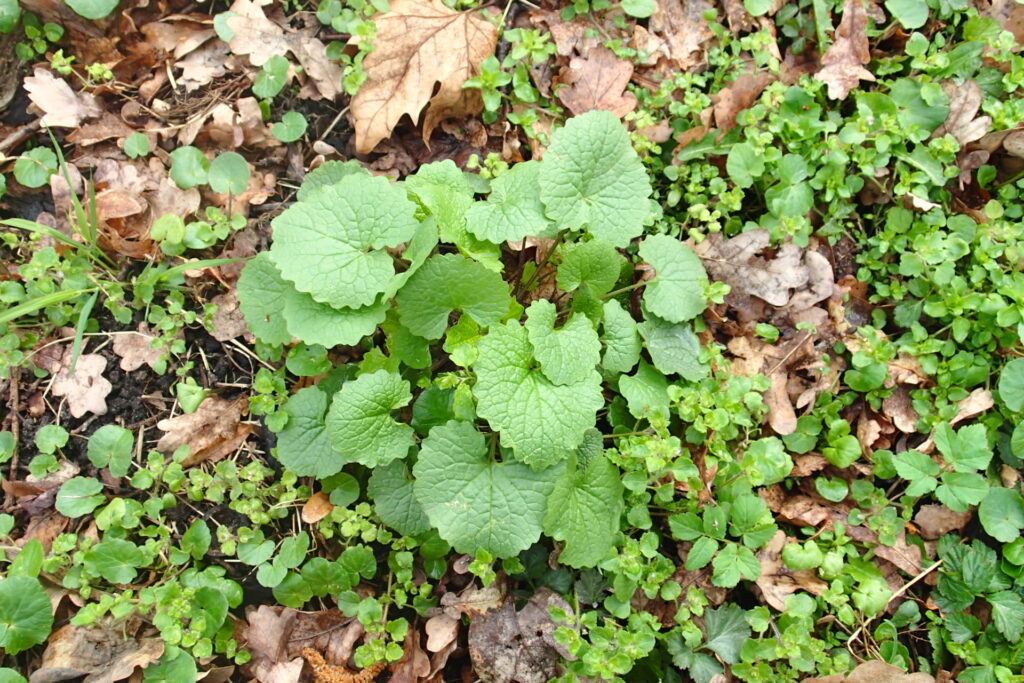
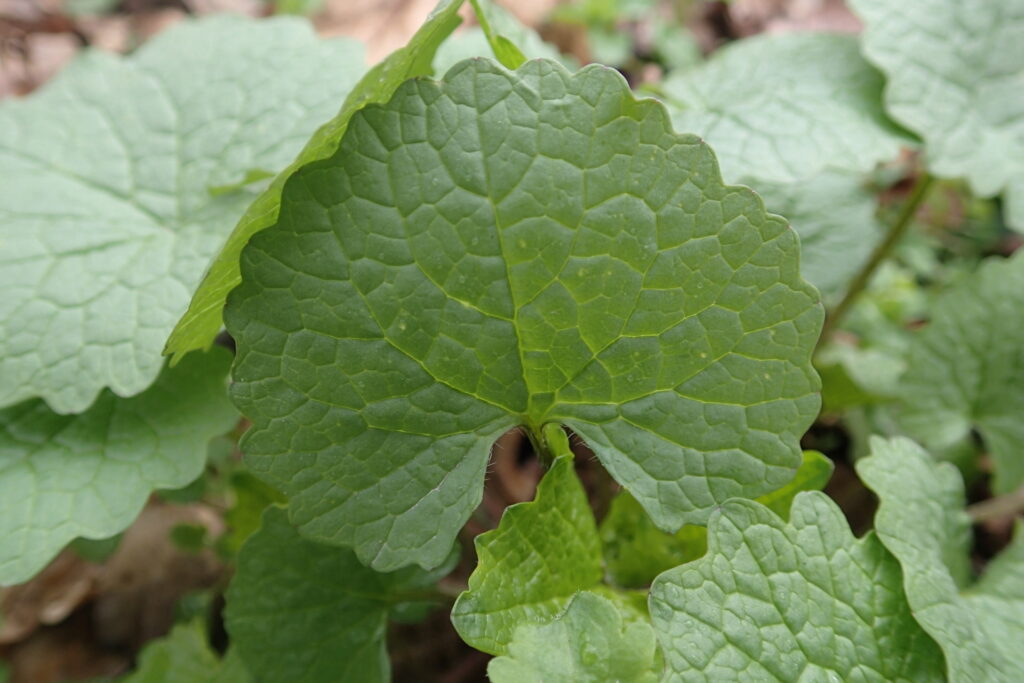
Viola
These small, violet flowers have a very nice smell and can be used in various ways. Young leaves and flower buds can be used to thicken your soups and stews. Flowers can also be eaten raw or cooked, but you also can use their aroma to make a viola-infused water or syrup for your desserts and beverages.
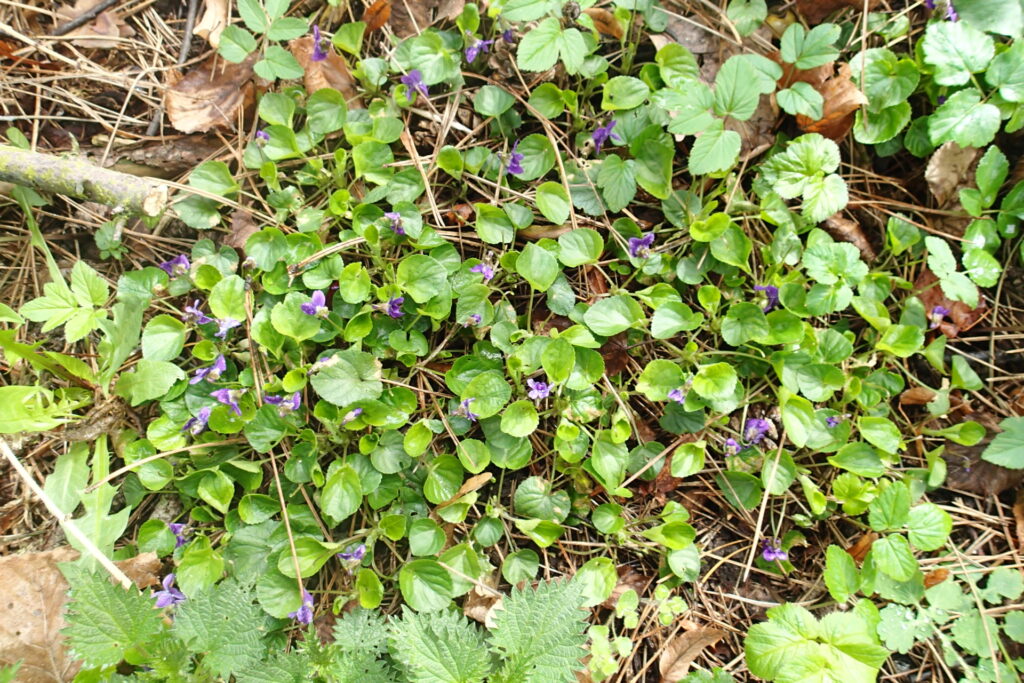
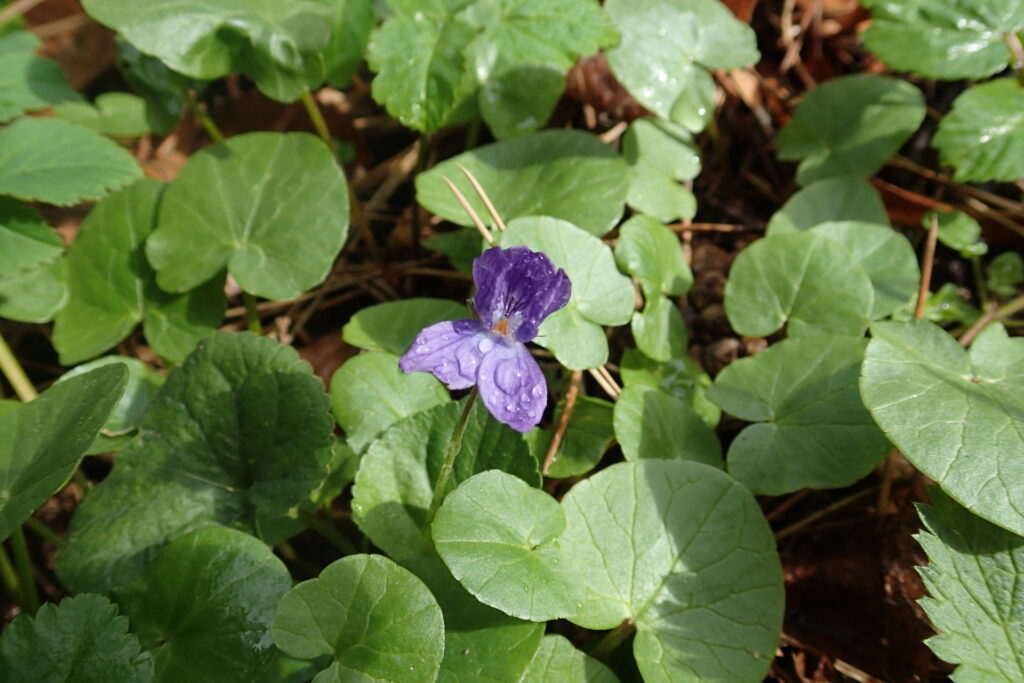
Cooking recipes for those plant species are a subject suitable for a few large articles and of course I plan on writing them. I encourage you to try identifying some of the plants described above during your next walk. Take a moment to observe the lawns, bushes and trees you pass by — it’s the easiest way to exercise edible plant differentiation.

